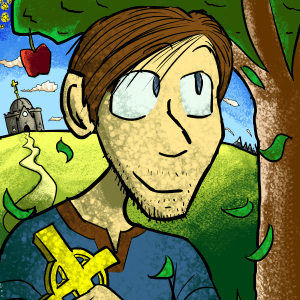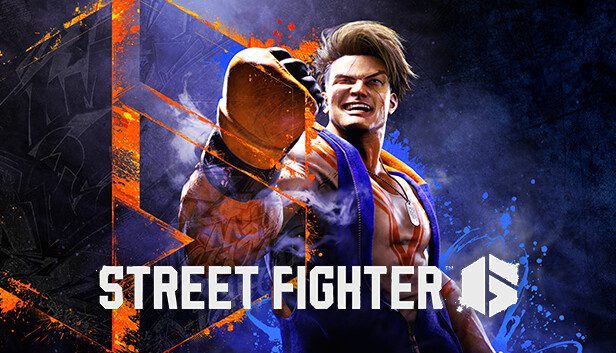
Believe it or not, I originally intended to skip out on Street Fighter 6, but here I am writing a review all the same. Even a self-proclaimed fighting game addict knows when to trust his gut when red flags pop up in a game’s marketing, but he also has friends who share his passion for the genre so perhaps this game would find its way into my hands whether I wanted it or not. Of course you’re not here to listen to my cheesy preamble, you want to know if Street Fighter 6 elevates or tarnishes the series legacy so let’s hit the streets and find out.
Street Fighter 6 is divided into 3 main game modes including Fighting Ground, World Tour, and Battle Hub. Fighting Ground is the place players will probably want to spend most of their time as it contains all the standard modes we have come to expect from fighting games. Online and offline versus mode, training mode, combo trials, tutorials, arcade mode, it’s all here and it’s all pretty polished. That being said, modes like these are only worth as much as the combat system they are built on so allow me to articulate its strengths and weaknesses.
The cornerstone mechanic that sets Street Fighter 6 apart from the rest of the series is the Drive System which is visualized by 6 small blocks underneath the player’s health bar that are spent for a variety of different uses that I will try to briefly summarize. Dive Impact is a big swing that can power through incoming attacks and deal BIG DAMAGE, similar to the Focus Attack from Street Fighter IV, but can easily be punished if used recklessly. Drive Parry is a defensive stance that gives the defending player more advantages over their opponent than a normal block, reminiscent of the Parry from Street Fighter III, but staying in this stance for too long will drain the player’s Drive blocks very quickly. The player can also cancel out of Drive Parry (or certain normal attacks) into a Drive Rush in which they run across the screen at high speed to put pressure on the opponent or extend combos. Drive Reversal is a counter attack performed while blocking an opponent’s attack, comparable to the V-Reversal from Street Fighter V, which won’t do much damage, but can offer a lot of breathing room against enemy pressure.
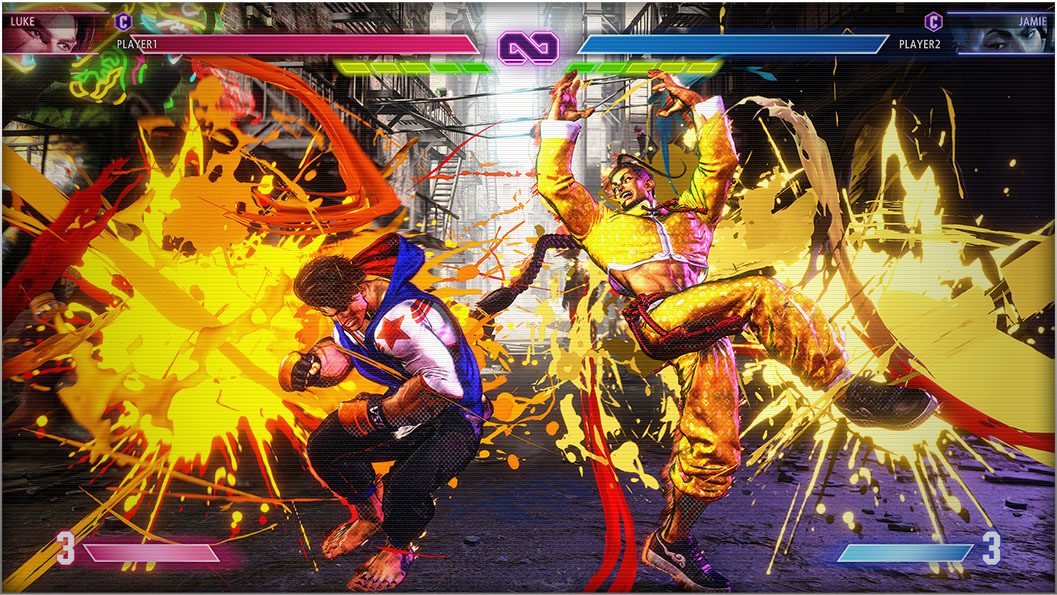
The moment when two Drive Impacts clash is quite the spectacle.
Finally there is Overdrive which allows players to perform more powerful versions of their character’s special moves, basically a reskinned version EX moves which have been a series staple since they were introduced in Street Fighter III. The Drive System is a veritable swiss army knife of options the player can use to tip the odds in their favor whenever they choose, but it comes at a great risk. Running out of Drive blocks will cause the player to enter burnout, during which they will take extra damage from enemy attacks on top of being locked out of their Drive abilities. Overall the Drive system’s biggest strength is also its greatest weakness, an overreliance on mechanics from past Street Fighter games. On one hand this greatest hits approach makes the game very easy to pick up and play if you have experience with older titles. On the other hand all of these borrowed mechanics leave Street Fighter 6 without much of an identity of its own. A refined experience for sure, but one I fear may not have the longevity of true classics like Street Fighter II or the Street Fighter Alpha trilogy.
Fighting Ground also has one more mode I have neglected to mention thus far, largely because it is the most unorthodox. Extreme Battle is a party mode where the rules of the game are turned completely on its head with things like stage hazards and alternative win conditions. For instance you might change the rules from traditional health bars to something like “first to five knockdowns” while trying to evade a rampaging bull that runs across the screen periodically. I do not think Extreme Battles will be of much interest to hardcore/competitive players, but for a group of friends goofing around together at a party it can be an absolute blast.
Moving on from Fighting ground, World Tour is Street Fighter 6’s premier single player mode. The story centers around a player created avatar character on a journey across the Street Fighter world to find the meaning of strength by seeking out powerful fighters and learning from their techniques. Along the way the player character also gets involved in conflicts such as a gang war in Metro City and a rebel insurgency in the developing nation of Nayshall. Unfortunately whatever storytelling potential the game had is ruined by two fatal flaws, the first of which being that the player’s avatar does not have enough agency to be an effective protagonist. I understand the avatar needs to be a blank slate in order for the player to project whatever personality they want onto it, but it just doesn’t work in a linear narrative. The second problem is that there are important story beats that happen off screen, including crucial backstory for certain characters and locations which have been relegated to a prequel comic book series sold separately from the game. If you need to buy additional media to enjoy your game’s story, you’re doing something wrong.
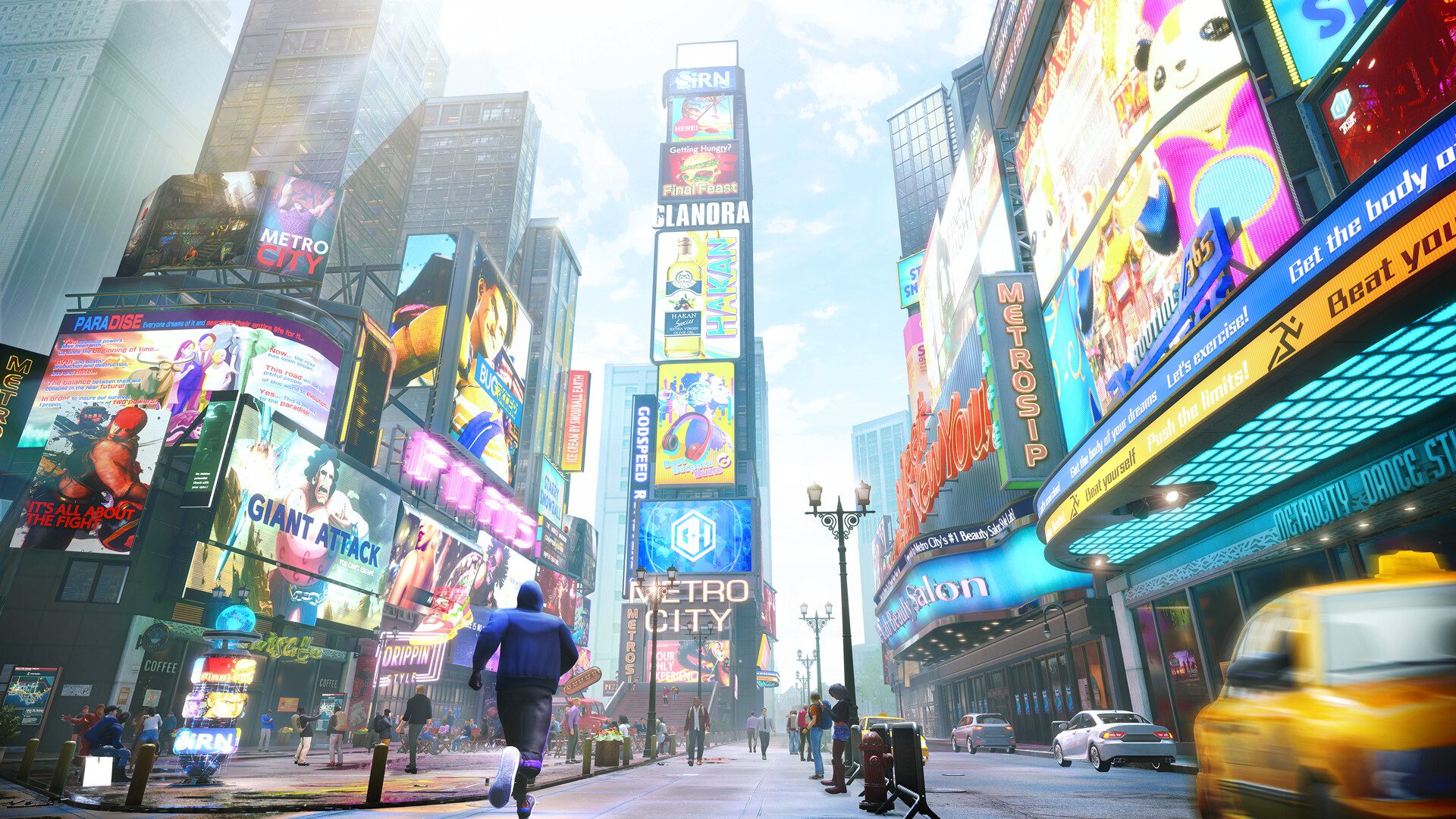
Stop tempting me with the prospect of a brand new Final Fight Capcom.
As for the gameplay during World Tour, it is a mixture of fighting games, roleplaying games, and open world sandbox games. There is no shortage of martial artists, street gangs, shopkeepers, and pedestrians ready to throw hands at a moment’s notice. Winning fights grants experience points used to level up and become stronger, eating certain foods and wearing good clothing can provide similar benefits. Then there’s the game’s main roster of characters like Luke, Ryu, and Chun-Li who act as your masters, teaching you their fighting styles and special moves which you can mix and match to create your own unique move set, albeit with some limitations. As you grow in a particular style you will also unlock conversations with the masters which show sides of their personalities we might not see often which is a huge treat for lore enthusiasts. All of this is quite a novel experience for a Street Fighter game, but it can get a little repetitive after a while so I do not expect many players will be willing to blaze through the lackluster story without getting burned out.
The last game mode is Battle Hub, an online social space akin to a virtual arcade. Players wander around the hub using their World Tour avatars and interacting with one another through text chats, emotes, and by participating in or spectating matches. There is also a shop to purchase new items and classic arcade machines for playing retro Capcom games like Street Fighter II or Final Fight. While I like the idea of this mode on paper in practice these lobbies have plenty of opportunities to act inappropriately such as being rude or vulgar in the text chat or creating intentionally offensive avatar characters. If you do not want to deal with this kind of degeneracy I would recommend skipping Battle Hub altogether, even if it is a perfectly good mode otherwise.
Between Fighting Ground, World Tour, and Battle Hub, Street Fighter 6 is a bit of a mixed bag in terms of gameplay. The game’s presentation is similarly a mixed bag in my opinion. The graphics themselves are pretty good with an interesting middle ground between the exaggerated comic style the series is known for with more realistic elements such as characters receiving cuts and bruises as they take damage. I am less enthusiastic about the game’s 90s urban graffiti hip hop aesthetics which fits the game’s tone well enough, but will probably age like milk over the next 5 to 10 years. The soundtrack reflects the game’s aesthetics and aside from a few songs here and there it is largely inferior to the catchy melodies we have come to know and love since Street Fighter II. Other aspects of audio fare much better with crunchy sound effects that make every strike feel powerful and top notch voice acting that really highlights the larger than life personalities of the Street Fighter cast.
Speaking of the cast, the roster of playable characters is an important part of any fighting game. In this regard Street Fighter 6 is very… meh. The lion’s share of the roster is given to the 8 original world warriors from Street Fighter II because love them or hate them they are still the most iconic characters in fighting game history. The new characters on the other hand can be extremely hit or miss. Characters like Jamie and JP have unique and interesting mechanics that make them worthy additions to the roster, but others like Kimberly and Lily are so derivative of past fighters like Guy and T. Hawk that I think it would have been better if they had just brought back the old guard.
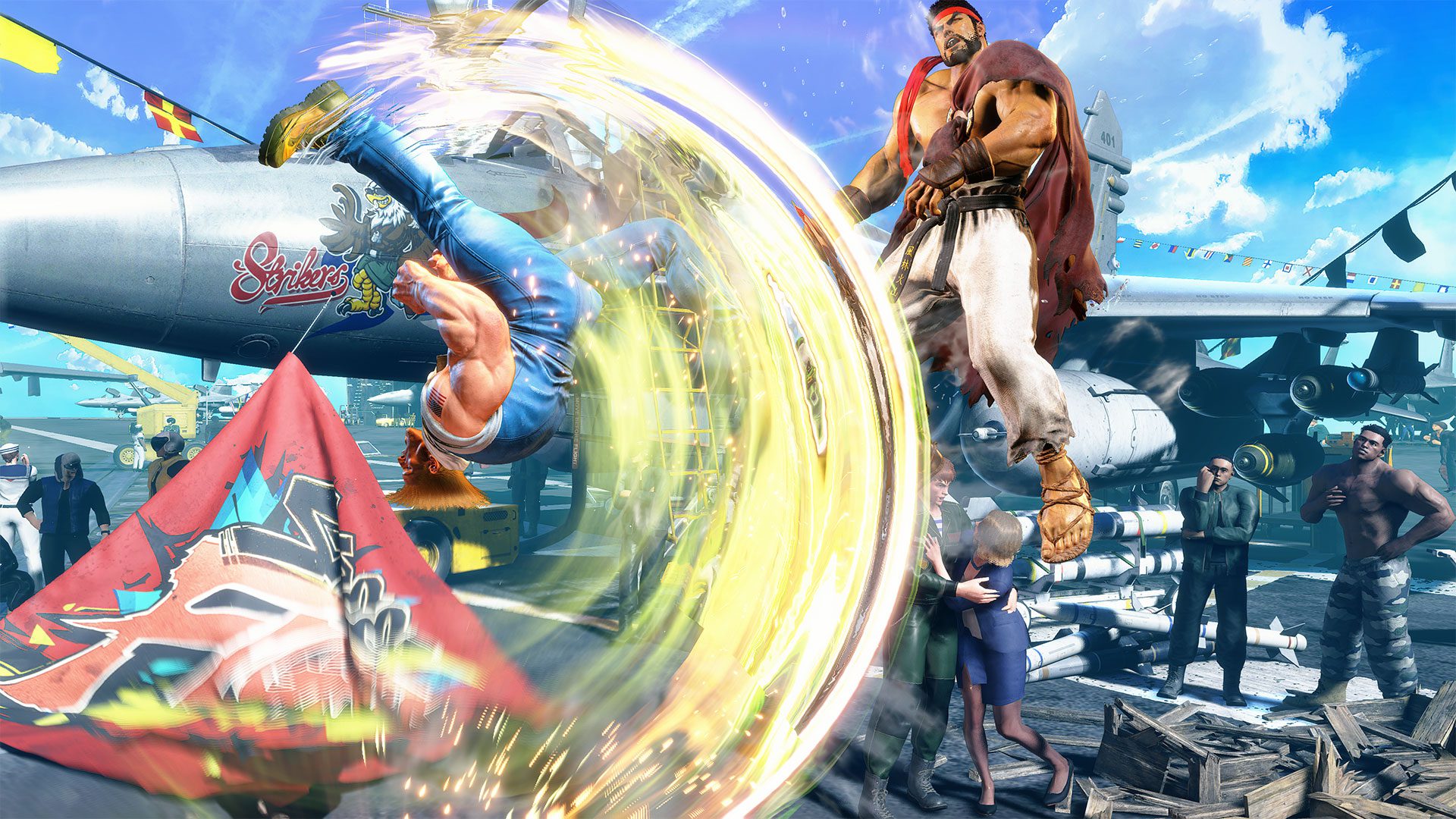
Since this article is being published in July, here’s a picture of Guile to celebrate American Independence Day.
As for any insights provided by the Catholic perspective, I believe one of the most important topics comes from the end of World Tour mode. The central question proposed by World Tour mode -“What is Strength?” – is never actually answered, leaving the players to decide the answer on their own. This resolution reeks of moral relativism, the idea that good and evil do not exist and reality is just whatever we choose to make of it, which ultimately leads to nihilism, the belief that life itself is a pointless endeavor. This is especially bad in the context of Street Fighter 6 since the game’s main antagonist is a nihilist so basically the moral of the story is the villain was right all along. This philosophy is completely incompatible with Catholicism which teaches that good and evil do exist, there is an objective reality, and that life’s purpose is to fulfill God’s will. So what is strength? The answer is quite obvious. Strength is the ability to pursue the true, the good, and the beautiful without sacrificing moral integrity.
Street Fighter 6 is a game that promised a bold step into the future of the fighting game genre, but when all is said and done it is a game that feels incredibly safe. The mechanics are a Frankenstein’s monster of successful ideas from previous installments, and the characters largely consist of proven names or shallow emulations of slightly less popular names. There is certainly fun to be had here, but it is nothing that cannot be achieved by simply playing other Street Fighter games. Overall Street Fighter 6 is a good game that I personally would not recommend to anyone who isn’t already into the Street Fighter series. The game may put up a good fight, but it does not have what it takes to be a world champion.
Scoring: 68%
Gameplay: 4/5
Visuals: 3/5
Sound: 4/5
Story: 2/5
Replayability: 4/5
Morality & Parental Warning: Street Fighter 6 primarily focuses on 1-on-1 combat between martial artists with super powers. Dalshim’s supernatural abilities are explained as a function of Yoga. Jamie drinks alcohol during fights. Fighters can receive visible cuts and bruises as they take damage, but that’s about as graphic as the violence gets. Some characters wear very sexualized outfits. Marisa is a polygamous bisexual. Minor characters in story mode have their sexes made intentionally ambiguous, such as the fight commentator nicknamed “Eternity” who appears to be a biological male but speaks and acts in very effeminate mannerisms. The game’s story promotes dangerous philosophies such as moral relativism and nihilism.
